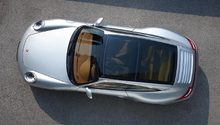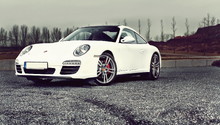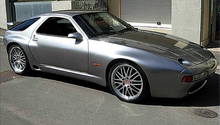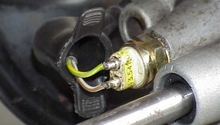Porsche 993: Crash Test and Safety Ratings
Concerned that your Porsche 993 is a death trap on wheels? Don't be. Anecdotal evidence suggests that you're more likely to walk away from an accident than you may think.
This article applies to the Porsche 993 (1993-1998).
The Insurance Institute for Highway Safety (IIHS) rates cars on how crashworthy they are and how well and easily a driver can avoid or mitigate a crash. To determine crashworthiness, the IIHS measures performance in five areas: moderate overlap front, small overlap front, side, roof strength and head restraints. The IIHS also rates how well a car’s front crash prevention system works.

Of course, it only rates cars it tests, and it has yet to test a Porsche. Anecdotally, some suspect the IIHS doesn’t test Porsches because of how expensive crashing one is. While this may be true, the IIHS included the 1995-1997 Porsche 911 in a 1998 study of insurance collision losses. In that study, the Porsche 911 was ranked second-worst in terms of collision losses – but a jaded Porsche owner could attribute this ranking to how expensive repairing/replacing a Porsche is after an accident.
The Porsche 993 comes equipped with several safety features that will protect you in the event of an accident. These parts include dual airbags and side impact door beams, safety cage construction, front and rear crumple zones, heated side mirrors, rear windshield wipers, large anti-lock disc brakes that are cross-drilled and vented, and finally, three-point seat belts.
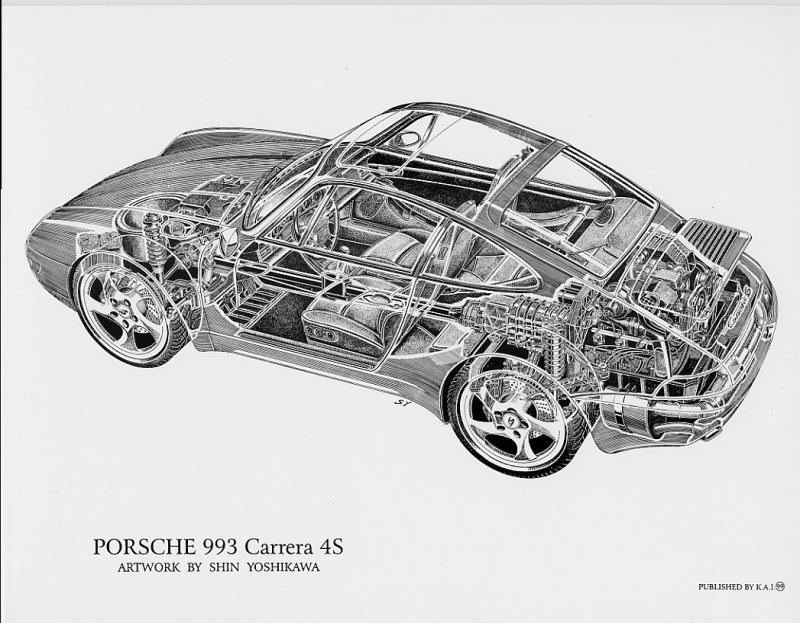
Dual airbags and side guard door beams
Airbags deploy in the event of a crash and give the driver and passenger (if any) something soft to land on. Studies show that during a direct frontal crash, airbags reduce the risk of dying by about 30 percent. Side impact door beams help protect passengers in the event of side impact by bearing the brunt of the impact.

Safety cage construction
This “safety cage,” according to Porsche, will absorb and disperse the forces exerted in the event of a frontal impact. The reinforcements in the ultra-high-strength steel provide additional protection for occupants in the event of a side impact.
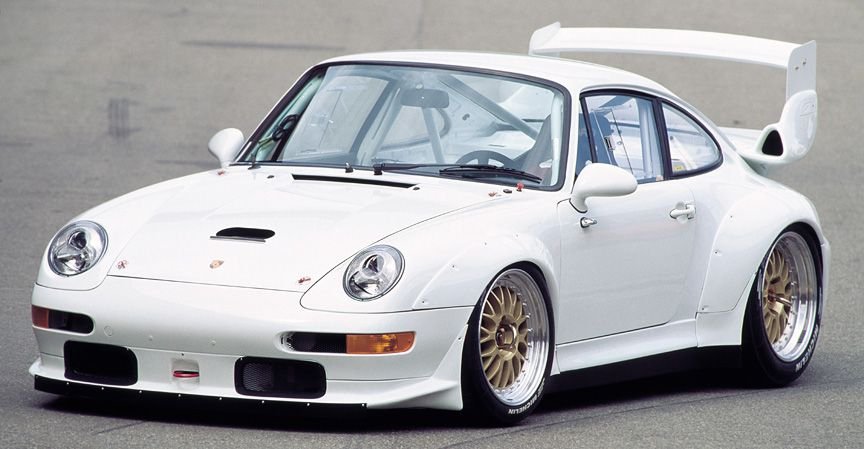
Braking system
A 2011 study found that the 993 TT and 997 GT-3 brakes are the benchmark of brake performance for the rest of the world. Porsche deployed in its first generation 993s anti-lock disc brakes with drilled and vented discs, which improved stopping time. You can increase your braking performance by installing better brake pads, racing brake fluid, cooling kits, large calipers and rotors, and stainless steel brake lines.
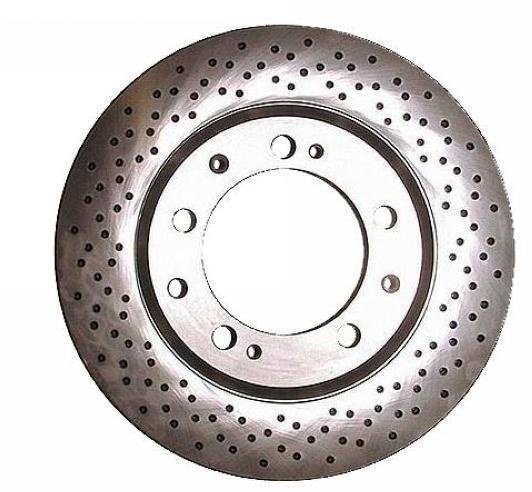
Front and rear crumple zones
Crumple zones absorb the impact of a crash in the outer parts of a car rather than transferring the impact to the driver and passengers (if any). Crumple zones can also prevent the impact from intruding into or otherwise damaging the passenger cabin.
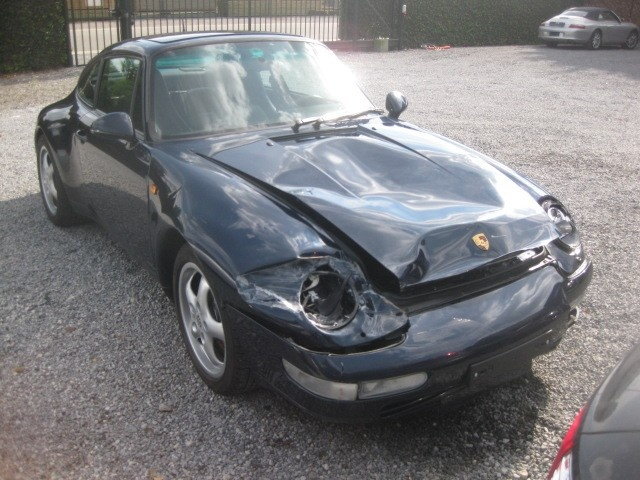
Common Questions
Does my Porsche 993 have any passive safety features?
Yes. Most Porsche 993s come with heated side mirrors, rear windshield wipers, and three-point seatbelts. You can also update your headlights to brighter lights that help you see more at night.
Related Discussions
- Is the 993 a Safe Car? - Rennlist.com
- How Safe is a 993, and How About Baby Seats? - Rennlist.com
- 993 Safety - Rennlist.com
- IIHS Safety Awards - IIHS.org
- Porsche Safety Ratings and IIHS - Rennlist.com
- Brake Upgrades - RennSportsSystems.com


